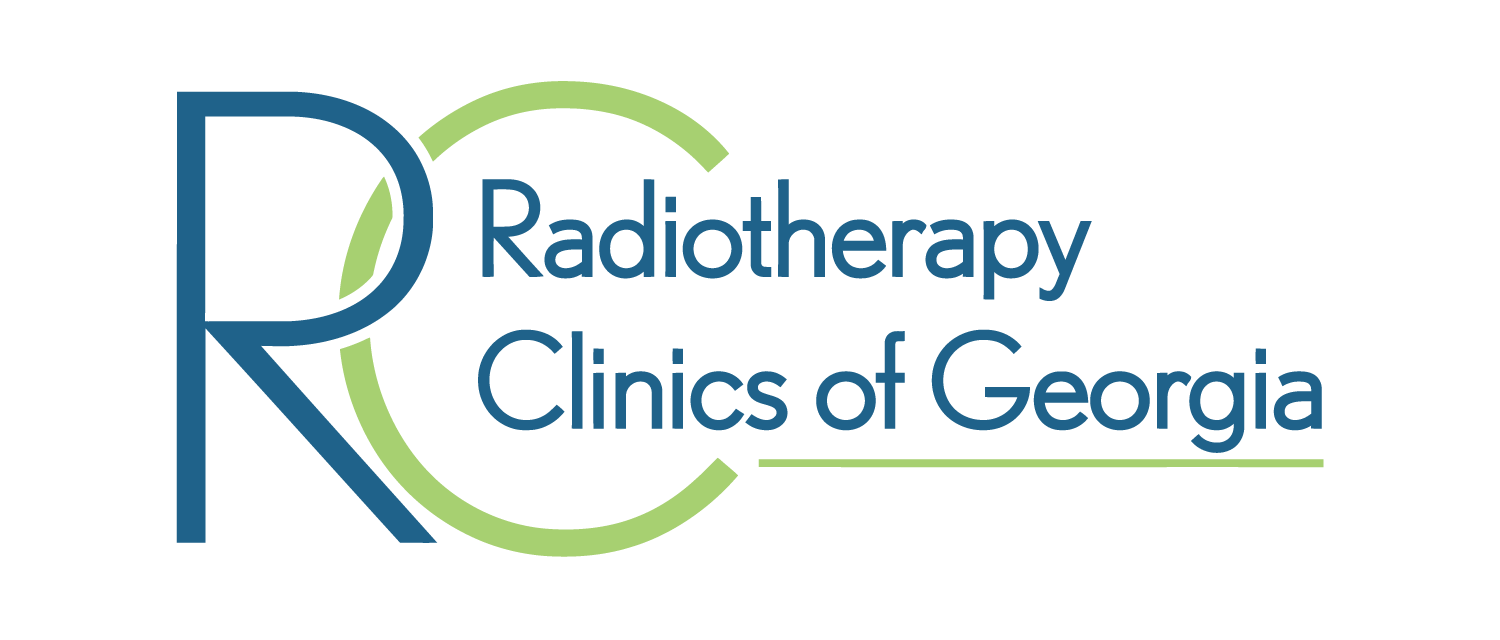
Early-stage lung cancer refers to lung cancer that has not spread outside of the lungs. Because early-stage lung cancer typically causes few or mild symptoms, you may not realize you have it. In fact, sometimes it’s found when treating a patient for a separate health condition!
The best treatment for you will depend on the type and stage of your cancer, as well as your overall health, age, and lung function. Treatments for early-stage lung cancer include surgery, radiation, and chemotherapy.
How is Early-Stage Lung Cancer Diagnosed?
Detecting and treating lung cancer in its early stages gives you the best chance of survival, a lower risk of recurrence, and more treatment options.
Other than finding lung cancer while being treated for a different health condition, lung cancer screening is another effective way too, if you have a long history of smoking. Talk to your doctor to see if you qualify.
If your doctor suspects you have lung cancer, they will perform several tests:
- A chest X-ray is usually the first step if your doctor suspects lung cancer. Even if you already had one for another condition, a second x-ray may be needed to focus on the area of concern in the lung.
- CT (computed tomography) scans use multiple X-rays to create a three-dimensional image of your lungs and surrounding tissue. A computer combines these images to give your doctor a better view of your lungs. Because CT scans use more images than X-rays, they are more effective at detecting cancer. In addition, a CT scan can detect signs of lung cancer in other parts of your body.
- MRI (magnetic resonance imaging) scans reveal detailed images of your lungs’ soft tissue. Because MRI scans use radio waves and magnets, they are often used to determine whether the lung cancer has spread to other organs.
Bloodwork may also be needed to see if there are signs of cancer. If these tests indicate that cancer could be present, a biopsy is required to confirm it. The doctor will most likely draw a sample of cells from the tumor through a needle biopsy. A pathologist examines the cells under a microscope and creates a report that indicates which type of cells are present. If the cells are cancerous, the report will also indicate the type of lung cancer.
If cancer is found, you’ll meet with an oncologist who specializes in lung cancer. That physician will work to determine the exact stage of cancer. To do this, staging tests are required, including a PET (positron emission tomography) scan. PET scans, combined with either CT or MRI, identify areas of the body where cancer cells are growing, even if they can’t be detected on regular imaging. For early-stage lung cancer, the PET scan will most likely not show cancer outside of the lungs.
A treatment plan is then presented, likely including a few types of lung cancer treatment. When cancer is found early, patients require fewer treatments in most cases.
How is Surgery Used to Treat Lung Cancer?
Surgery is the most common treatment for early-stage lung cancer. The best type of surgery depends on your tumor’s size and location. Depending on how early the cancer is found, surgery may be all that’s needed.
Traditional surgery requires a relatively large incision in the chest, but less invasive methods are becoming increasingly popular, especially for older patients and those in poor health. One example is video-assisted thoracoscopic surgery (VATS).
All surgeries for lung cancer include removing part of the lung. However, there are different types of surgeries:
- In a wedge resection, the surgeon removes a cancerous wedge of the lung lobe. This minimally invasive option is used for very small stage 1 cancers and for patients who are not healthy enough to remove a whole lobe. This type of surgery preserves lung tissue and function.
- During a segmentectomy, the surgeon removes a portion of a lobe in the lung. This option provides better 5-year survival rates compared to a wedge resection and preserves the remainder of the lung.
- A lobectomy involves removing a whole lobe of the lung, making it less likely that the cancer will return.
- A pneumonectomy removes the entire lung. This is rarely necessary for early-stage lung cancer.
Lymph Nodes in Early-Stage Lung Cancer
In addition to removing any cancerous tumors, the surgeon will also remove some lymph nodes (in the lung and space between the lungs) to check for cancer cells. This is part of the staging process. While most early-stage lung cancer patients do not show signs of cancer in the lymph nodes, some Stage II non-small cell lung cancers can have some lymph nodes affected in the lung or the bronchial tube where it connects to the lung. Limited stage small cell lung cancer may also have some lymph nodes affected on the same side of the chest as the cancer.
When is Radiation Used to Treat Early-Stage Lung Cancer?
Radiation therapy is an effective treatment for early-stage lung cancers. Limited-stage small cell lung cancer is often treated with external beam radiation therapy. For non-small cell lung cancer, radiation may also be a part of the treatment process, depending on how far the cancer has grown in the lung.
If your tumor is small and cannot be removed due to its location, radiation may be your best option. Chemotherapy is combined with radiation therapy for those who cannot have surgery.
Radiation can also be used after surgery as part of a broader treatment plan. This approach reduces the likelihood of the cancer recurring in the treated lung.
External beam radiation therapy (EBRT) delivers radiation from outside your body to the precise area where the cancer is (or was) located. This painless procedure is similar to getting an X-ray but with stronger radiation.
One specific type of radiation therapy used for lung cancer is stereotactic body radiation therapy (SBRT). SBRT delivers higher doses of radiation that more precisely target your cancer from a variety of angles. Early-stage lung cancer only requires a few treatments with SBRT to be effective.
Other types of external beam radiation can also be used depending on what the radiation oncologist feels would be most effective for you. These include Intensity Modulated Radiation Therapy (IMRT) and 3-Dimensional Conformal Radiation Therapy. Learn more about radiation therapies for lung cancer.
Accounting for Movement in Your Chest During Radiation Therapy
One innovative technology used with external radiation therapy is called “respiratory gating.” Because early-stage lung cancer tumors can be incredibly small, the simple act of breathing can cause the tumor to move slightly during treatment. When this happens, the radiation cannot reach the tumor correctly.
Using respiratory gating ensures that radiation is only delivered to the patient when the tumor is where it needs to be, usually between breaths. This can help protect your healthy tissue and ensure the treatment works.
Medical Oncology Treatments for Early-Stage Lung Cancer
Lung cancer can require a systemic treatment that can kill cancer cells wherever they are in the body. For early-stage patients, the extent of medical oncology treatments may be limited. However, if lymph nodes were affected by the cancer cells, some of the following treatments may be needed.
Chemotherapy for Lung Cancer
Chemotherapy is often used to treat early-stage lung cancer, either alone or in combination with radiation and/or surgery. The oncologist may recommend chemotherapy if they feel there’s a chance that cancer cells have entered the lymphatic system through a nearby lymph node or if there is concern that cancer cells remain in the lung after surgery. Chemotherapy drugs can kill cancer cells that are undetectable on imaging tests, and they can also prevent cancer from returning.
Immunotherapy for Early-Stage Lung Cancer
Immunotherapy works by causing your body’s immune system to react and fight the cancerous cells. Immune checkpoint inhibitors are one example of immunotherapy for early-stage lung cancer. By keeping the immune system from attacking healthy cells, your body will instead focus on fighting the cancer cells. It may be used for patients with Stage I non-small cell lung cancer that has a higher risk of recurring. For these patients, immunotherapy can be given along with chemotherapy, making it less likely that the cancer will return.
Lung Cancer Care in the Atlanta Area
If you or a loved one was diagnosed with lung cancer, and radiation therapy will be a part of the treatment process, be sure you choose a location with the latest technologies that is also convenient for you.
Radiotherapy Clinics of Georgia’s treatment centers are located in Conyers, Covington, Decatur, and Snellville, Georgia. Request an appointment at your nearest location for a consultation with one of our radiation oncologists.




